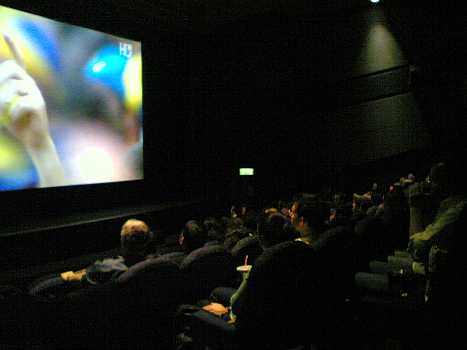Most recording gears or software defaults to 48 KHz as the sampling rate during digital recording. For example; Ardour an open source DAW defaults to 48 KHz. Other than this; there are other DAW and recording hardware that defaults to 48 KHz.
On the opposition, lots of folks practically the recording industry professionals (engineers, mixers and mastering engineers) prefer to use 44.1 KHz as the sample rate during digital audio recording and not 48 KHz. And there is a lot of recording software and DAW that defaults to 44.1 KHz as the sampling rate that includes Reaper.
So the main question is: Which is better 44.1 KHz or 48 KHz when recording audio in digital?
48 KHz is too much when recording audio?
The Nyquist theory states that to accurately reproduce analog audio in digital it should be sampled at least twice the maximum audible frequency. This is where confusion starts to sets in and debates in recording forums are too common. In schools, you learned that human ear can only perceived 20Hz to 22,000 Hz. Human adults have lower treble hearing response and lies around 15,000 to 16,000 Hz. Doubtful with this, I do a hearing test from 20Hz to 20,000 Hz and was surprised I could not anymore hear frequencies above 16,000 Hz.
If the maximum audio frequency is 22,000 Hz by theory, the sampling rate required is:
Sampling rate = 2 x Maximum Audio Frequency = 2 x 22,000 Hz ~ 44.1 KHz
This is where 44.1 KHz came and why it is commonly used as the sampling rate for digital audio applications such as in recording and in digital audio playback.
If the sampling rate is 48KHz, reverse calculation reveals that the maximum audio frequency that can be sampled is:
Maximum Audio Frequency = Sampling Rate/2 = 48KHz/2 = 24 KHz
If Human Adults or even any humans cannot hear above 22,000Hz why other engineers or recording gears still stick to 24 KHz as the audio sample rate?
At first, you would realize that 48 KHz sampling rate is too much for recording digital audio because you are recording frequencies that could not be heard anyway. But for perfect reproduction, it takes more than to simply hear these frequencies.
“Feel” the rumble in the lows and “feel” the airy sound in the highs









3 Responses
There is a problem here… you lose quality downsampling from 48 to 44. The “extra hertz” aren’t just thrown away. Every one of those 44100 samples each second must be interpolated from the existing 48000. If you think in terms of “frequencies” you think you’re just losing higher freqs. But sound recording isn’t recording frequencies, it’s not MIDI. What you’re recording is sound vibrations which can be visualized as a waveform and which our brains interpret as voices, tones, etc. That’s why I choose to record at 192k, because it allows downsampling to either 44k or 48k with more data points for interpolation.
Thanks Brenny, Glad you enjoy the post! Cheers.
Excellent article my friend!